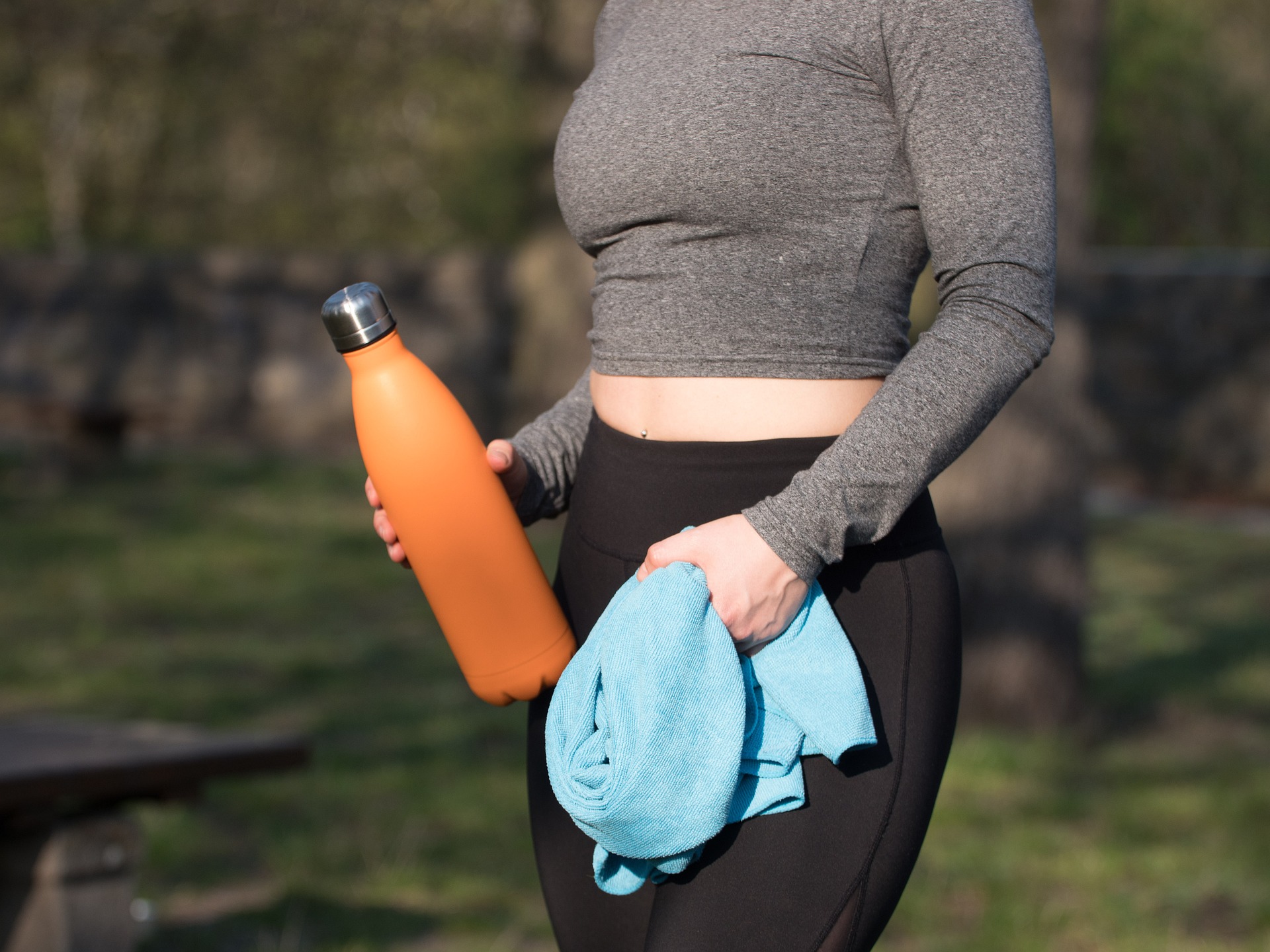Reusable Bottles: Materials, Use, and Care
Reusable bottles have become a common everyday item for people trying to reduce single-use plastic and manage hydration. A reusable bottle can range from a basic plastic bottle you refill at work to a purpose-built stainless steel bottle or insulated bottle used for outdoor activities. Understanding how materials, design, and care affect performance helps you pick and maintain the right bottle for your needs.
What is a reusable bottle?
A reusable bottle is any durable container designed for repeated use to carry water or other beverages. Unlike single-use bottles, reusable bottles are made from sturdier materials—plastic rated for multiple uses, glass, or metals such as stainless steel—and are intended to reduce waste and lower the frequency of product replacement. Reusable bottles also vary in volume, lid type, mouth opening, and whether they cater to active use, desk use, or travel.
Choosing a bottle involves thinking about how you drink (sips vs. gulps), how you carry liquids (backpack, cup holder, bag), and whether you need a leak-proof or insulated design. Many people carry a water bottle daily for convenience, and selecting the right features can make a reused bottle more likely to stay in regular use.
How to choose a water bottle material
Different materials suit different routines. Plastic bottles are lightweight and often lower cost; look for BPA-free labeling and higher-density plastics meant for repeated use. Glass ones keep flavor neutral but are heavier and more fragile; many come with silicone sleeves to protect them. Stainless steel bottles are durable, resist odors, and are commonly used for both hot and cold beverages.
When choosing a water bottle material, factor in weight, durability, taste neutrality, and safety. If you need a lightweight bottle for running or cycling, plastic or thin stainless-steel designs can work. If you want something for commuting and office use that won’t retain flavors, glass or stainless steel are better options. Consider lids and seals, too—some lid types are easier to clean and less likely to leak.
Benefits of a stainless steel bottle
A stainless steel bottle offers durability and resistance to dents, and it is non-porous, which helps prevent bacteria and odors from lingering. Many stainless steel bottles use food-grade alloys that are corrosion-resistant and compatible with both cold and hot beverages. Because they are less likely to break than glass and often sturdier than many plastics, stainless steel bottles are a common choice for daily use and travel.
Stainless steel bottles are also recyclable at end of life and often present a longer usable lifespan, which can reduce environmental impact compared with frequent replacement of cheaper bottles. They come in various finishes, sizes, and lid styles, so you can balance thermal performance, weight, and handling preferences when selecting one.
When to choose an insulated bottle
An insulated bottle uses a vacuum or other insulating layer to slow heat transfer, keeping cold drinks cold and hot drinks hot for hours. Insulated bottles are useful for outdoor activities, long commutes, or when you want your beverage to stay at a preferred temperature during the day. They tend to be thicker and a bit heavier than non-insulated bottles but provide clear temperature control benefits.
If you regularly carry coffee, tea, or chilled beverages and need them to stay within a specific temperature range, an insulated bottle is worth considering. Note that some insulated bottles perform better for cold retention than for long, high-temperature holds; check performance specs when temperature longevity is a priority. Also verify whether the bottle has an inner liner that preserves flavor and whether it is compatible with cup holders and bag storage.
Cleaning and caring for your reusable bottle
Regular cleaning prevents bacteria buildup and keeps taste neutral. Most bottles should be rinsed after each use and washed thoroughly at least daily when used for beverages other than water. Use a bottle brush and warm, soapy water to reach the bottom and around threads; lids, gaskets, and straws often trap residue and should be disassembled and cleaned separately. For stainless steel bottles, avoid abrasive cleaners that can scratch the surface.
Some bottles and lids are dishwasher-safe—but check manufacturer guidance for heat limits and whether insulation or coatings might be affected. For occasional deep cleaning, a mixture of baking soda and warm water or a dilute vinegar soak can help remove odors and stains. Replace any worn gaskets or damaged caps, since seals are common sources of leaks and contamination. Proper drying before storing prevents musty smells and microbial growth.
Conclusion
Choosing and maintaining a reusable bottle involves matching material, form, and care to your daily routine. Consider whether you need a lightweight water bottle for exercise, a stainless steel bottle for durability and flavor neutrality, or an insulated bottle for temperature control. Regular cleaning and attention to seals and lids will extend the life of any reusable bottle and keep beverages tasting fresh.







